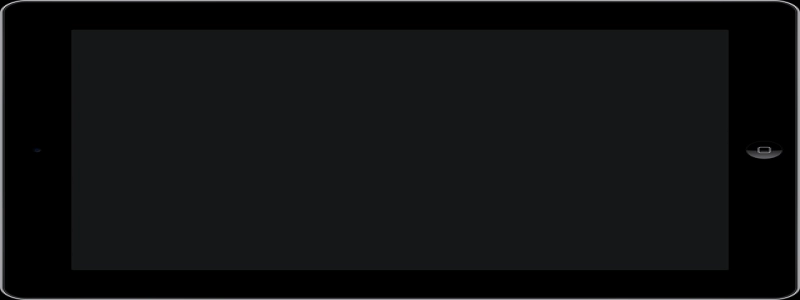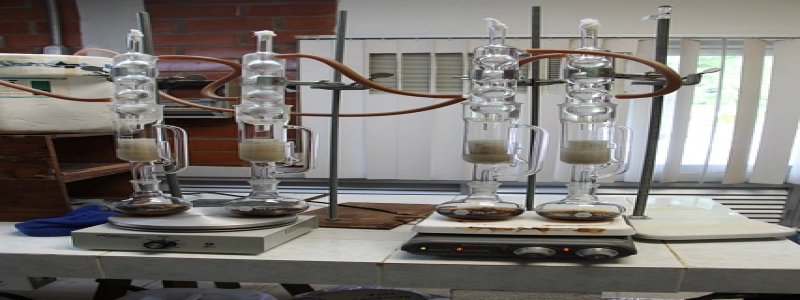GBIC vs SFP: Understanding the Differences
การแนะนำ:
In the world of networking, GBIC and SFP are two common terms that are often used interchangeably. อย่างไรก็ตาม, they are actually two different types of transceivers used in networking equipment. ในบทความนี้, we will explore the differences between GBIC and SFP and provide a comprehensive understanding of each.
ฉัน. What is GBIC?
ก. คำนิยาม: GBIC stands for Gigabit Interface Converter. It is a hot-pluggable transceiver that converts serial electric signals into serial optical signals for high-speed data transmission.
บี. Features and Benefits:
1. Higher data rates: GBIC supports data rates of up to 1.25 Gbps.
2. Flexibility: GBICs can be easily swapped and replaced without powering down the networking equipment.
3. ความเข้ากันได้: GBICs are compatible with various networking standards including Ethernet, Fiber Channel, and SONET.
4. Longer reach: GBICs can transmit data over longer distances, making them suitable for use in wide area networks.
ครั้งที่สอง. What is SFP?
ก. คำนิยาม: SFP stands for Small Form-factor Pluggable. It is a compact, hot-swappable transceiver commonly used in networking devices.
บี. Features and Benefits:
1. Higher density: SFPs are smaller in size compared to GBICs, allowing for higher port density on networking equipment.
2. Lower power consumption: SFPs consume less power, making them more energy-efficient.
3. Wider variety: SFPs are available in different types such as SFP+, QSFP, and XFP, enabling higher data rates and compatibility with various networking standards.
4. Cost-effective: SFPs are generally less expensive than GBICs, making them a popular choice for cost-conscious network deployments.
สาม. Differences between GBIC and SFP:
ก. ฟอร์มแฟกเตอร์:
1. GBIC: GBICs are larger in size and have a more standardized design.
2. เอสเอฟพี: SFPs are smaller in size and offer a higher level of flexibility in terms of form factor options.
บี. Data Rates:
1. GBIC: GBICs support data rates of up to 1.25 Gbps.
2. เอสเอฟพี: SFPs offer higher data rates, with options ranging from 1 Gbps to 100 Gbps depending on the type.
ค. ความเข้ากันได้:
1. GBIC: GBICs are compatible with various networking standards.
2. เอสเอฟพี: SFPs also offer compatibility with multiple networking standards, with a wider variety of types available.
ดี. การใช้พลังงาน:
1. GBIC: GBICs consume more power compared to SFPs.
2. เอสเอฟพี: SFPs are more energy-efficient and consume less power.
E. ค่าใช้จ่าย:
1. GBIC: GBICs are generally more expensive compared to SFPs.
2. เอสเอฟพี: SFPs are more cost-effective and provide a more economical solution.
บทสรุป:
สรุปแล้ว, GBIC and SFP are both transceiver types used in networking equipment, but they have distinct differences. GBICs offer higher data rates and longer reach, while SFPs provide higher port density, lower power consumption, และความคุ้มค่า. Understanding these differences will help in selecting the appropriate transceiver for specific networking requirements.







